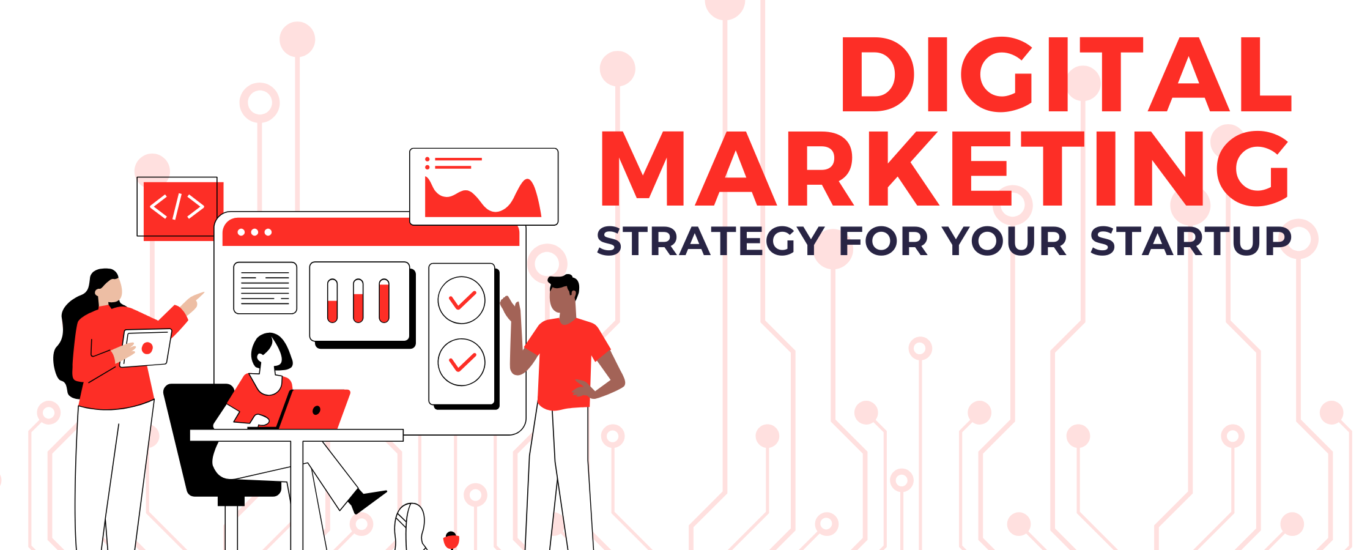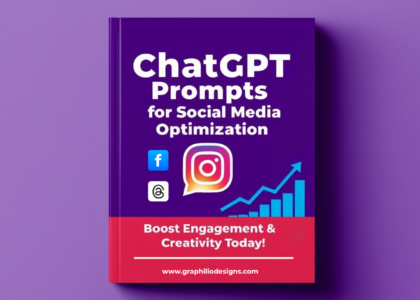Launching a business is an exhilarating time, but without a solid foundation in digital marketing, your business may lack the visibility it needs to find customers. But essentially, this can pave way for you with the right strategy and step you can build an empire and get deals and leads to your business. Today we’ll go through the most important steps for developing a digital marketing strategy for your startup that is developed with your startup goals in mind.
Importance of a Digital Marketing Strategy for Your Startup
As per source, there are over 5 billion global internet users – for your business, we can say that digital marketing is a necessity now, not an option. A good strategy will make you:
- Reach your target audience effectively.
- Generate brand awareness and trust.
- Optimize your marketing budget.
- Drive website traffic and conversions.
- Compete with established brands.
Step 1: Identify Your Goals and Objectives
First, set clear and measurable goals before launching any campaign. Use the SMART goal framework:
- Specific – Being specific about what you intend to accomplish.
- Measurable – You need to be able to track progress, with KPIs.
- Attainable – Be realistic about your goals and resources.
- Relevant – Align goals with your business vision.
- Time-bound – Set a deadline for achieving your objectives.
Examples of SMART Goals:
- Increase the number of people visiting a website by 40% over the next six months.
- Generate 100 new leads per month from social media.
- Create a 5% conversion rate from email marketing by the end of the quarter.
Step 2: Identify Your Target Audience
Supportive marketing messages hit their target with that knowledge of the customer. Create the respective buyer personas based on:
- Demographics (age, gender, location, income, etc.)
- Psychographics (interests, values, pain points)
- Online behavior (social media usage, search habits)
- Challenges they face and how your product solves them
💡 Pro Tip: Use Google Analytics, Facebook Audience Insights, and Surveys keeping in mind to gather audience data.
Step 3: Develop a Strong Online Presence
Build a Professional Website
Your website is your digital storefront. Ensure it’s:
- Mobile-friendly (over 60% of web traffic comes from mobile devices)
- SEO-optimized (use relevant keywords and meta tags)
- Fast-loading (aim for under 3 seconds load time)
- User-friendly (easy navigation, clear CTA buttons)
Recommended Tools: WordPress, Wix, Shopify (for eCommerce startups).

Leverage Social Media Platforms
Choose platforms based on where your target audience spends the most time:
- Facebook & Instagram – Great for B2C brands, ads, and community building.
- LinkedIn – Ideal for B2B startups and networking.
- Twitter – Perfect for engagement and real-time updates.
- TikTok & YouTube – Effective for video marketing and storytelling.
Step 4: Implementation of SEO and Content Marketing
Search engine optimization for SEO
SEO allow your website to rank higher on Google while attracting organic traffic. Key SEO strategies include:
- Keyword Research: Use Google Keyword Planner, Ahrefs, or Ubersuggest, among others.
- Optimizing On-Page SEO: Meta descriptions, headers, and image alt tags.
- Technical SEO: Better site speed, mobile responsiveness, structured data, and other things.
- Backlinks: Get featured on reputable sites to boost authority.
Create High-Quality Content
Content marketing build trust and authority. Focus on:
- Writing blogs to address your audience on industry trends and solutions.
- Videos and reels to motivate users’ engagement on platforms such as YouTube, Instagram, and TikTok.
- Infographic to visual representation of data-driven insights.
- Ebooks and Whitepapers Strategy of showing expertise and generating leads.
💡Tip- Do evergreen content build since its relevance will continue for an extended period.
Step 5: Use Paid Advertising (PPC & Social Ads) for Marketing.
Paid ads help boost visibility quickly. Consider:
- Google Ads – Ideal for search intent-based targeting.
- Facebook and Instagram – good for brand awareness and retargeting.
- LinkedIn Ads – valuable for B2B lead generation.
- YouTube Ads – Leverage video marketing to engage audiences.
📌 Budget Tip: Start small, test ad creatives, and scale what works best.
Step 6: Leverage on Email Marketing
Email marketing offers one of the best returns on investment in digital marketing. Follow these best practices:
- Create a mailing list through lead magnets (free eBooks, discounts, webinars).
- Segment your audience for tailored content.
- Use automation for welcome sequences and drip campaigns.
- Optimize open rates by A/B testing subject lines and CTAs.
Recommended tools for this include Mailchimp, ConvertKit, HubSpot.
Step 7: Track, Analyze, and Optimize Performance
Marketing without analytics lies in the same vein with driving without a map. Use:
- Google Analytics – Track website traffic and user behavior.
- Google Search Console – Monitor SEO performance.
- Facebook/Instagram Insights – Measure engagement and ad performance.
- Heatmap Tools (Hotjar, Crazy Egg) – Understand user behavior.
Regularly analyze metrics and tweak strategies for better results.
Final Thoughts: Start Small, Scale Big
A highly effective digital management strategy is vital to guide your startup business into maturity. Start small, test every modality you can conceive of, and scale what works best for your brand needs.
Are You Ready to Start Scaling Your Startup Marketing?
🚀 Contact Graphilio Designs for expert digital marketing solutions that are tailored to your business! Let us grow your brand together!







I’m extremely impressed along with your writing abilities and also with the structure for your blog. Is this a paid subject matter or did you customize it yourself? Anyway keep up the excellent high quality writing, it is uncommon to see a great blog like this one nowadays!
Thank you so much for your kind words—I’m really glad you enjoyed the writing and the blog layout! 😊
The theme I’m using is actually a free one, but I’ve done quite a bit of customization to get it looking and functioning the way I wanted. It’s been a fun process tweaking it to match the vibe of the content.
Appreciate you taking the time to share your thoughts—it genuinely means a lot! 🙌